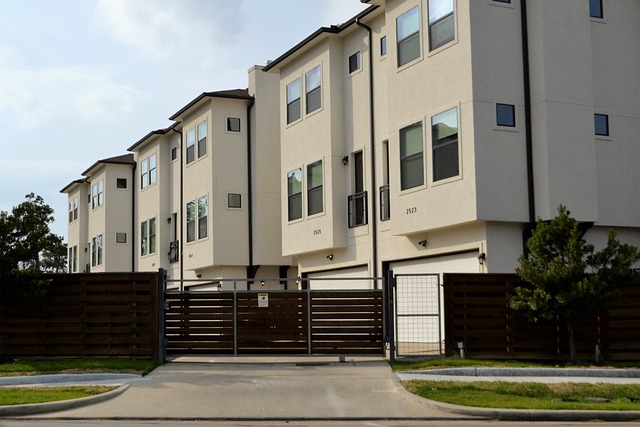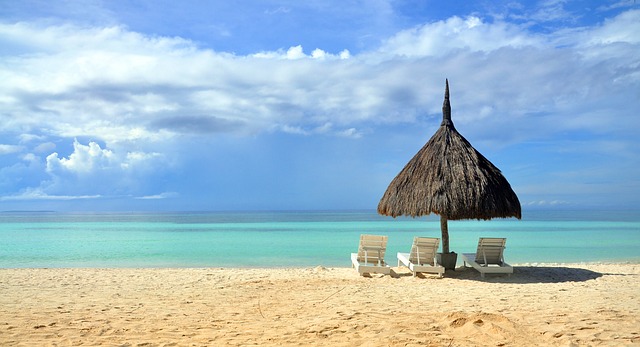- Retiring in the Philippines is an ideal option for ex-pats who want to enjoy a low cost of living and beautiful landscape.
- Types of visas, financial requirements, and residency requirements must be met before retiring in the Philippines.
- The climate in the Philippines is warm year-round, but typhoons are common during certain seasons.
- Retirees should be aware of the culture, lifestyle, and safety/security factors before deciding to retire in the Philippines.
Retirement is a significant milestone in life; it is the perfect time to live your life to the fullest. You finally have the time and resources to do what you want, and many retirees choose to spend these precious years abroad.
This is a contributed post and do not necessarily reflect the opinions of Meet The Harris Family.
One popular destination for retiring ex-pats is the Philippines. With its low cost of living, beautiful landscapes, and friendly people, it’s not hard to see why. In this blog post, you will learn everything you need to know before deciding to spend your retirement years in the Philippines.
Cost of Living
With the rising cost of retirement in most Western countries, enjoying a comfortable life during retirement can be challenging. That’s why more and more retirees are looking for alternative options-and that’s where the Philippines comes in.
With a low cost of living, friendly and welcoming culture, and incredible natural beauty, the Philippines is the perfect place for retired ex-pats who want to realize their retirement dreams.

Affordable Housing
One of the main reasons why retired ex-pats are flocking to the Philippines is the low cost of living. Everything in the Philippines costs a fraction of what it would cost in a Western country, from food and housing to healthcare and transportation. For example, a condominium for sale in Davao City can cost anywhere from P700,000 to P1M ($14,000 – USD 20,000), while a similar property in the United States would cost at least ten times more.
On the other hand, groceries and household items are much cheaper in the Philippines, with a month’s worth of food typically costing no more than $100. Healthcare is also affordable, with many retirees spending as little as $50 for a private clinic or hospital checkup.
Visas and Residency Requirements
Planning your retirement in the Philippines entails more than just sunbathing and sipping piña coladas. To make your retirement in the Philippines a reality, you must familiarize yourself with the country’s visa and residency requirements. Here’s everything you need to know about visas and residency requirements when retiring in the Philippines.
Types of Visas
Before you can retire in the Philippines, you need a visa. You can apply for several visa types depending on your circumstances. The most common visa for retirees is the Special Resident Retiree’s Visa (SRRV), which allows foreigners 50 or older to retire in the Philippines.
This visa has several subcategories, each with specific requirements, such as a minimum deposit and a monthly pension. Apart from the SRRV, there are other visas you can apply for, such as the non-immigrant visa and the tourist visa. Suppose you’re not sure which key is correct for you. In that case, it’s best to consult a visa agent or an immigration lawyer for advice.

Financial Requirements
To retire in the Philippines, you must show proof of financial stability. This entails meeting specific financial requirements, such as a minimum deposit and evidence of a monthly pension. The financial requirements vary depending on the type of visa you’re applying for.
For instance, if you’re applying for an SRRV Classic Visa, you must deposit at least $10,000 in a local bank account. Other requirements include proof of pension, which can come from your country’s social security or a private pension plan.
Residency Requirements
You’ll also need to meet the residency requirements besides the financial requirements. This includes staying in the Philippines for at least 30 days each year and notifying the Philippine Retirement Authority (PRA) of any change in your address or status. Failure to comply with the residency requirements may result in the revocation of your visa.
Climate and Weather

The Philippines has warm weather all year round, which can be a significant draw for retirees who want to escape cold winters. However, the country is also prone to typhoons and other natural disasters. Researching the typhoon season in the region you plan to relocate to and taking the necessary precautions is essential.
Lifestyle and Culture
The Philippines has a rich culture and history, and there are plenty of activities for retirees. From exploring cultural sites and museums to relaxing on stunning beaches, there is something for everyone. However, the lifestyle in the Philippines may differ from what you are used to, and it’s important to be open-minded and adaptable.
The Bottom Line
Retiring in the Philippines can be an exciting and rewarding experience, but it’s essential to do your research and be prepared. Consider the cost of living, the visa and residency requirements, the climate and weather, the lifestyle and culture, and the safety and security factors before making any decisions. If you choose to retire in the Philippines, you’ll have the opportunity to explore a new culture, meet new people, and enjoy all this beautiful country has to offer.


